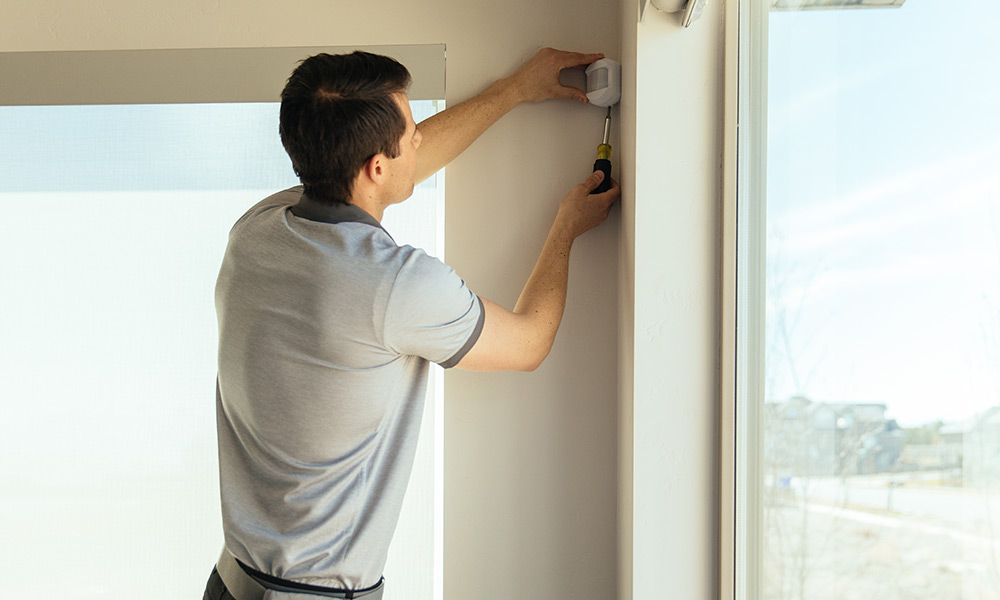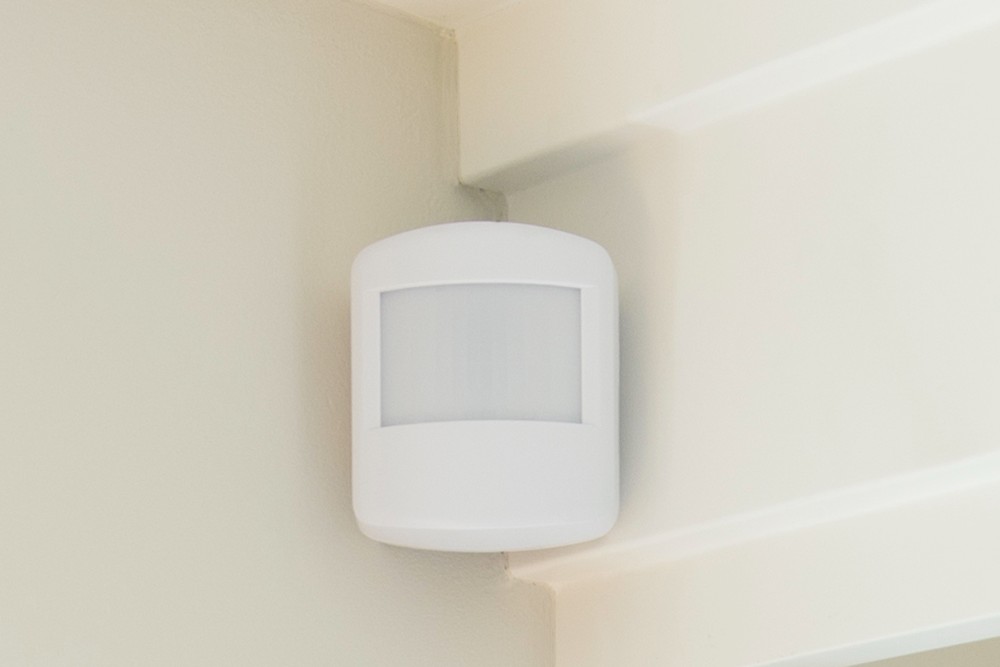Motion detectors are a central part of any home security system. They let you know when potential intruders are near your property or inside your home.
Having motion detectors in your home can go a long way in bringing you and your family peace of mind, but how do they work to keep you safe?
This guide tells you all about how motion detectors work and explores the most common types of motion sensing detectors. We’ll let you know what to consider when choosing the right detectors for your home and provide tips on where to place your sensors for maximum effectiveness.

Which sensor is used for motion detection?
There are different types of technologies to choose from when it comes to motion detection. The most common types of motion sensors use either ultrasonic or passive infrared (PIR) technology.
We’ll tell you about both types of sensor technology and explain how they operate in the next few sections. We’ll also go over a few less common technologies used in motion detectors.
How active ultrasonic sensors work
Active ultrasonic sensors shoot ultrasonic sound waves at objects around your home to detect active motion. The sensor uses waves that bounce back to measure the distance of an object.
You don’t have to worry about these sound waves being too loud. Ultrasonic waves are too high to be heard by the human ear.
Here’s how the process works:
- A transducer inside the sensor sends out an ultrasonic sound wave.
- The wave then reverberates back to the transducer. When this happens, the transducer measures how long it took for the wave to get back.
- The sensor uses this measurement to judge how far away an object is. When the distance between the transducer and an object changes, the sensor knows there’s a moving object.
When the ultrasonic sensor notices motion in a specific area, it may send you notifications or set off a motion sensor alarm. It’s best to use active ultrasonic motion sensors indoors around entry points to your home, like doors and windows.
These types of active sensors aren’t great for outdoor security. Things like small animals and insects can set them off. Be aware that furniture and other obstructions can affect an ultrasonic sensor’s ability to gauge motion.
How passive infrared (PIR) sensors work
Passive infrared sensors (or PIR motion sensors) measure the heat (or infrared radiation) given off by humans, animals, and objects to detect motion in an area. When they detect a change in the temperature of an environment, they can deduce that someone or something is moving.
PIR sensors are usually used indoors, but they can sometimes be used in devices that monitor the outside of your home. For example, some security cameras are equipped with PIR sensors. The camera starts recording whenever the PIR sensor detects a rise in infrared energy.
Because PIR sensors measure changes in temperature instead of distance, they’re less likely than ultrasonic sensors to be impeded by objects in a room (like home furniture or walls).
Other sensor types
Here are a few other types of sensors that can be used to power motion detectors.
- Microwave sensors gauge distance by shooting out microwave pulses and measuring how long the pulses take to reflect back. They cover a bigger area than PIR sensors but are pricier and can experience electrical issues.
- Dual-technology sensors unite different motion-detecting systems. For example, a sensor might use both PIR and active ultrasonic tech to sense intruders. Both sensor types must be activated for an alarm to sound. Using two different methods for motion detection helps lower instances of false security alarms.
- Vibration sensors read vibrations caused by people moving throughout a room.
- Area reflective sensors send out light-emitting diode (LED) rays to detect motion.




